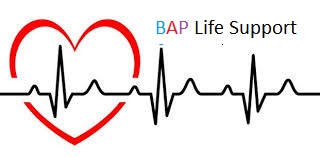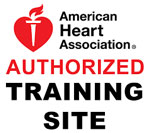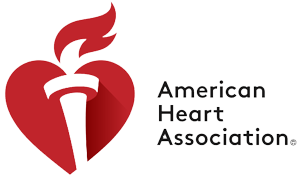Description
This is the online portion of PALS. When you complete the online part and print the certificate, please call and set up a time for your hands on portion (832)472-2390. This is an AHA course and after completing the skills check off you will receive an AHA PALS card. Any heartcode bought will be e-mailed to you within 24 hours. All skills check-off’s are in person and not virtual.
- This product is non-returnable.
- HeartCode® PALS Online is the online portion of PALS blended learning that will prepare students for hands-on skills session with an AHA PALS Instructor or on a simulation station.
- Updated to reflect new science in the 2020 American Heart Association Guidelines for CPR & ECC
- HeartCode® PALS is the AHA’s blended learning delivery method for the AHA’s PALS Course. HeartCode® blended learning delivers quality resuscitation education regardless of where providers are located and gives them more control to complete the course at their own pace.
- Providers first complete the online portion of HeartCode® PALS and then complete a hands-on skills session with an AHA PALS Instructor or on a simulation station.
- To enter the course, participants must complete a pre-course self-assessment.
- The PALS Course is for healthcare providers who either direct or participate in the management of respiratory and/or cardiovascular emergencies and cardiopulmonary arrest in pediatric patients.
Course Learning Objectives:
After successfully completing‐ the PALS Course, students should be able to:- Perform high quality cardiopulmonary resuscitation (CPR) per AHA basic life support (BLS) recommendations
- Differentiate between patients who do and do not require immediate intervention
- Recognize cardiopulmonary arrest early and begin CPR within 10 seconds
- Apply team dynamics
- Differentiate between and perform early interventions for respiratory distress and failure
- Differentiate between compensated and decompensated (hypotensive) shock
- Perform early interventions for the treatment of shock
- Differentiate between unstable and stable patients with arrhythmias
- Describe clinical characteristics of instability in patients with arrhythmias
- Implement post–cardiac arrest management





